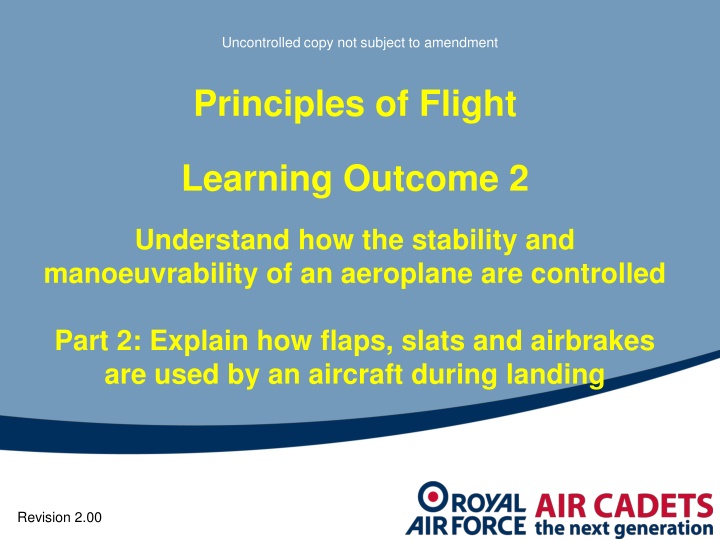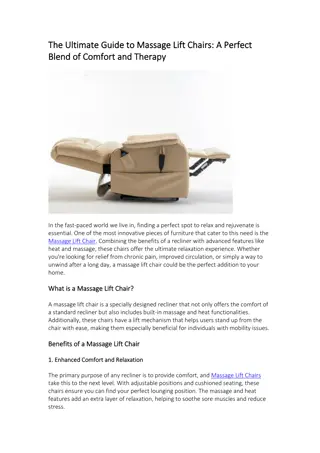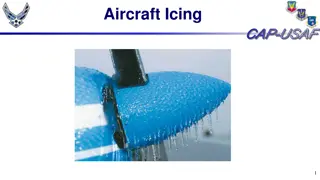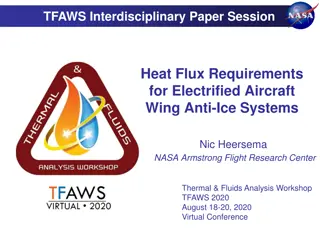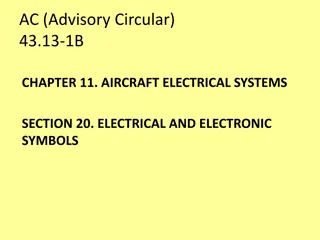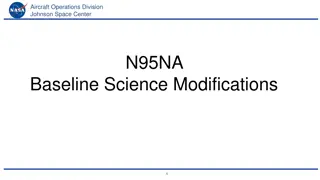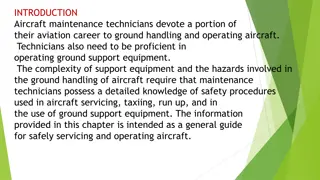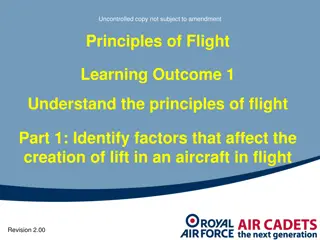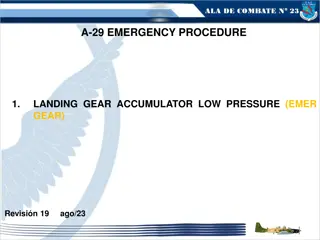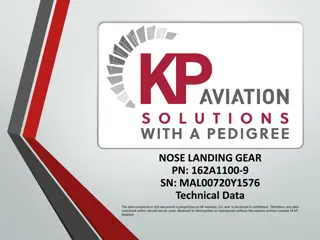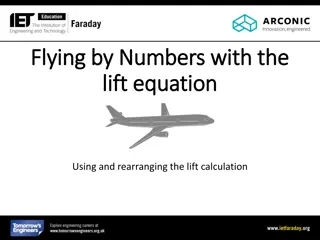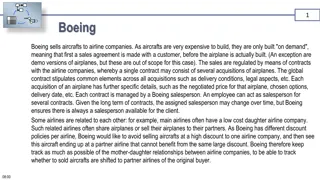High Lift Devices in Aircraft Landing
Flaps, slats, and airbrakes play a crucial role during aircraft landings. Learn about the principles of lift augmentation, the operation of flaps and slats, advantages they offer, and why high lift devices are essential for safe landings.
Download Presentation

Please find below an Image/Link to download the presentation.
The content on the website is provided AS IS for your information and personal use only. It may not be sold, licensed, or shared on other websites without obtaining consent from the author.If you encounter any issues during the download, it is possible that the publisher has removed the file from their server.
You are allowed to download the files provided on this website for personal or commercial use, subject to the condition that they are used lawfully. All files are the property of their respective owners.
The content on the website is provided AS IS for your information and personal use only. It may not be sold, licensed, or shared on other websites without obtaining consent from the author.
E N D
Presentation Transcript
Uncontrolled copy not subject to amendment Principles of Flight Learning Outcome 2 Understand how the stability and manoeuvrability of an aeroplane are controlled Part 2: Explain how flaps, slats and airbrakes are used by an aircraft during landing Revision 2.00
High lift devices (flaps) or Lift augmentation
High lift devices Objectives: 1. Describe the principle operation of trailing edge flaps 2. State the following for trailing edge flaps: location, effects on lift, effects on drag, types, advantages and uses 3. Describe the principle operation of leading edge slats 4. State the advantages of slats with reference to stalling speed, stalling angle and drag
High lift devices Why do we need high lift devices? High lift devices come in many shapes and forms They are mounted on the leading and trailing edges of wings They create more lift at lower speeds to allow lower take-off and landing speeds The aircraft nose will be lower, allowing a better view for the Pilot
Methods of lift augmentation Flaps (trailing edge and leading edge) Slats and slots
Flaps 1. Plain flap 50% increase CLMAX Critical angle 12o
2. Split flap 60% increase CLMAX Critical angle 14o
Nimrod Split flap
3. Slotted flap 65%iIncrease CLMAX Critical angle 16o
4. Blown flap 80% increase CLMAX Critical angle 16o
5. Fowler flap 90% increase CLMAX Critical angle 15o
6. Krueger flap 50% increase CLMAX Critical angle 25o
7. Droop Snoot flap 50% increase CLMAX Critical angle 20o
Slats Automatic slat 70% increase CLMAX Critical angle 25o
2. Fixed slat 50% increase CLMAX Critical angle 20o
Slot 40% increase CLMAX Critical angle 20o
Flaps What about drag? Flaps 30o Flaps 90o Flaps 60o Flap 30o 60o 90o Lift Drag Large increase Small increase Small increase Large increase No sig increase V large increase
1. What effect does a trailing edge flap have on the stalling speed? a. Higher b. Lower c. The same d. No difference
2. One type of leading edge flap is: a. Plain b. Slot c. Split d. Krueger
3. What are some of the high lift devices on the leading edge called? a. Plain flaps b. Ailerons c. Slats d. Split flaps
